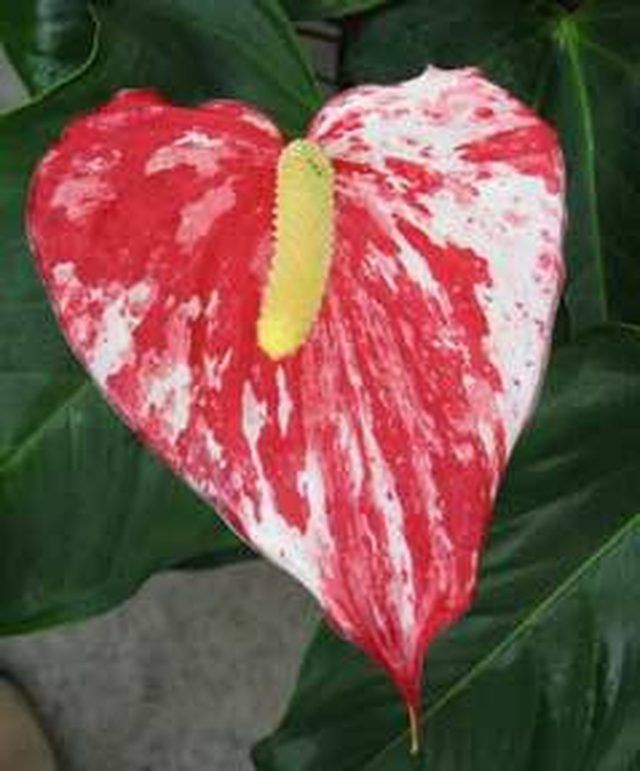Bulbs
Flower Basics
Flower Beds & Specialty Gardens
Flower Garden
Garden Furniture
Garden Gnomes
Garden Seeds
Garden Sheds
Garden Statues
Garden Tools & Supplies
Gardening Basics
Green & Organic
Groundcovers & Vines
Growing Annuals
Growing Basil
Growing Beans
Growing Berries
Growing Blueberries
Growing Cactus
Growing Corn
Growing Cotton
Growing Edibles
Growing Flowers
Growing Garlic
Growing Grapes
Growing Grass
Growing Herbs
Growing Jasmine
Growing Mint
Growing Mushrooms
Orchids
Growing Peanuts
Growing Perennials
Growing Plants
Growing Rosemary
Growing Roses
Growing Strawberries
Growing Sunflowers
Growing Thyme
Growing Tomatoes
Growing Tulips
Growing Vegetables
Herb Basics
Herb Garden
Indoor Growing
Landscaping Basics
Landscaping Patios
Landscaping Plants
Landscaping Shrubs
Landscaping Trees
Landscaping Walks & Pathways
Lawn Basics
Lawn Maintenance
Lawn Mowers
Lawn Ornaments
Lawn Planting
Lawn Tools
Outdoor Growing
Overall Landscape Planning
Pests, Weeds & Problems
Plant Basics
Rock Garden
Rose Garden
Shrubs
Soil
Specialty Gardens
Trees
Vegetable Garden
Yard Maintenance
How to Plant Anthuriums
How to Plant Anthuriums. The anthurium is known by several common names, including little boy flower, flamingo lily, painted tongue and tail flower. These beauties, native to the New World tropics, boast handsome ornamental foliage and exotic, brilliantly colored spathes. Anthuriums are surprisingly easy to grow. Provide them with light, warmth,...

The anthurium is known by several common names, including little boy flower, flamingo lily, painted tongue and tail flower. These beauties, native to the New World tropics, boast handsome ornamental foliage and exotic, brilliantly colored spathes.
Anthuriums are surprisingly easy to grow. Provide them with light, warmth, proper watering and a good diet, and they'll thrive and sparkle for you for many years. Be sure to buy anthuriums from a reputable grower or retailer.
Things You'll Need
Pot, any type except clay or terracotta
Compost
Peat moss
Coarse potting mix for cacti and succulents
Combine 1 part peat moss, 1 part compost, and 4 parts cacti potting mix. Fill the pot about ? full with this anthurium potting medium.
Carefully remove the anthurium from its container. With your fingers, gently loosen and remove as much of the old soil as possible from the bottom, top and sides of the plant's root ball.
Center the anthurium on the surface of the soil and carefully spread its roots out.
Add the medium to the pot a little at a time, firming gently as you go, to fill the pot to about an inch from the rim. Make sure you're planting the anthurium at the same level it occupied in the original container.
Water the anthurium thoroughly, but don't soak it. Anthuriums don't like wet feet. Allow the plant to dry out a little between waterings, but never let it dry out completely.
Place the potted plant where it will receive plenty of indirect light. Never expose anthuriums to direct sunlight. These tropical plants revel in warmth, preferring daytime temperatures between 78 and 90 degrees Fahrenheit. Do not allow your anthurium to be exposed to temperatures below 40 degrees. These plants will not tolerate even a light frost. Anthuriums can be moved outdoors to enjoy shaded or filtered-light areas as long as it's warm enough outside.
Feed your anthurium several months after potting it. Use an all-purpose fertilizer, but dilute it to half strength.